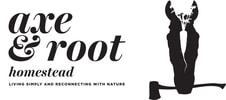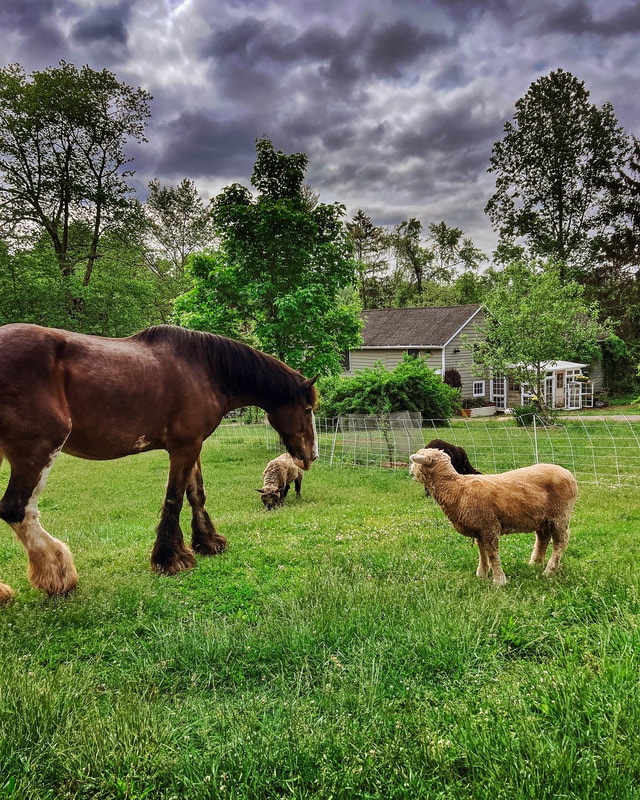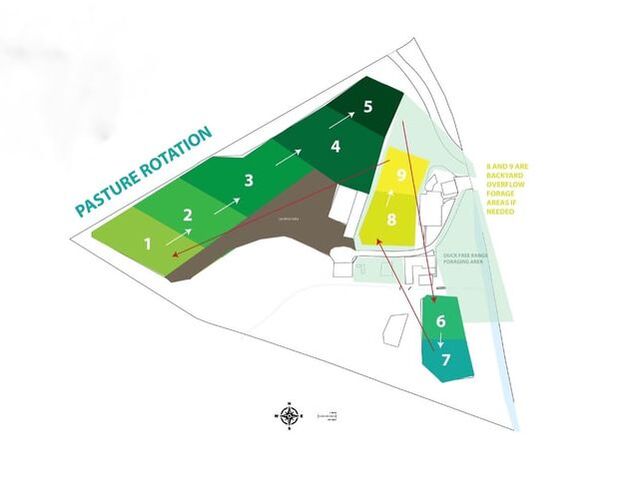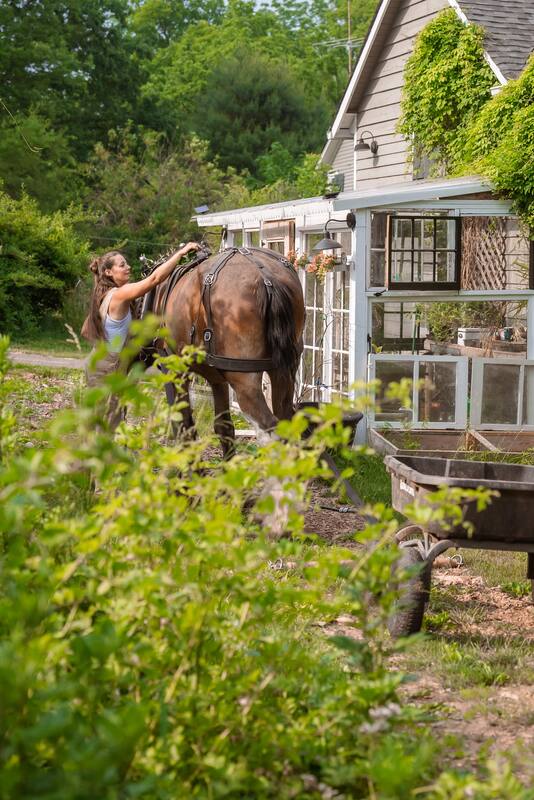|
It’s high spring and join me in harvesting peas, strawberries, and broccoli this evening during golden hour. I’ll share some permaculture tips as we go and a story about how I almost died from an allergic reaction to pesticides. A hyperactive immune response caused me to go into anaphylactic shock... for weeks. Yes I homestead today because I believe it's better for the environment and I crave a personal relationship with the land. But I also do it out of necessity; growing my own food and preparing it in the kitchen is essential for my health. I started keeping goldfish in my water trough about four years ago. I currently have the same four fish who started out as quite small 9¢ in my 100-gallon stock tank, and another two goldfish in my 35-gallon sheep stock tank. The fish overwinter well in the troughs, especially because they have the added comfort of a submerged trough heater in the winter time. The fish require no supplemental feed; they eat the mosquito larvae on the top of the water, and also eat the bits of hay and forage that fall from the horses' mouths when they drink.
Because my Clydesales are so large and require 35 gallons of water each per day, and I also have five sheep to one 35-gallon tank, I'm refilling water troughs constantly. The continuous refilling generates clean water full of bubbles--and the animals only add more as they play with their water before they drink. The fish get the aeration they need, the food they require, and a large tank for swimming all while keeping our mosquito population down. Do the horses ever eat the fish? No--they swim to the bottom when the horses approach. Do any other animals or birds of prey hunt the fish? Nope--not once here on our farm. How do I know they're healthy and thriving? My vet friend says as long as they're eating, creating manure, growing, and swimming they're doing great. I rotationally graze my animals here at the homestead. Sheep ingest many parasites when they graze that affect horses, and the parasites are killed because they’re not ingested by the desired host. The horses do the same for the sheep. All the while, different nutrients are added to the soil through manure. Most often, the sheep follow the horses. You can see my rotation plan I put together when I was in school in the second slide. In these shots, however, the horses and sheep are lumped together, tandem grazing the backyard. My recent travels affected my pasture schedule so we’re using the backyard as a buffer while it all comes back in. Animals are introduced to a space when forage grasses reach 8-10” high, and forage legumes reach 10-12”. All animals are pulled from a space and it’s allowed to rest at 4”. Anything under that is considered over-grazed, and grows back much more slowly. |
Angela is the farmer and content creator behind Axe & Root Homestead® LLC. This historic six-acre permaculture farm is home to two Clydesdale horses, ten honeybee hives, five sheep, two guardian dogs, barn cats and a flock of 40 geese and ducks. The farm produces maple syrup, fruit from a small orchard and loads of garden produce for consumption, preservation and donation to the local food pantry.
The Sustainable Homestead is available NOW!
Categories
All
|



